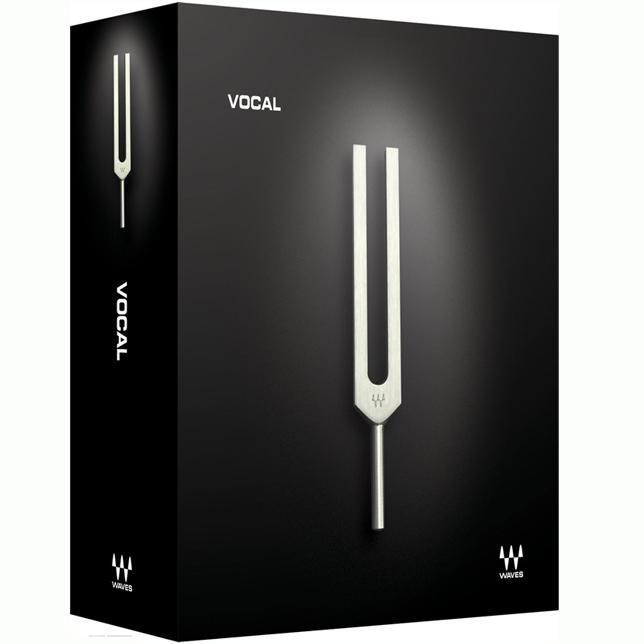

In terms of functionality, Tune is as complete as you could hope for and, amazingly, the controls for adjusting the musical scale - as well as items such as vibrato speed and depth - all work on a note-for-note basis. The screen in which you drag and drop pitch information is beautifully rendered and filled with classy touches, including animated zooming and soft drop-shadows under the pitch curves. Unlike similar plug-ins, though, this process is automatic, and if a section of audio hasn't yet been analysed, it will be the next time the section is played back. This is a high-end automatic pitch correction tool for use on vocals, and as we've already mentioned, is clearly designed to compete with Antares Auto-Tune.Īlthough you can use a MIDI keyboard to control the pitch in real time, the audio signal that you're correcting must be pre-recorded - this is because Tune needs to analyse the pitch before it can adjust it.

Tuneįinally, we come to the star of the show: Waves Tune. Nonetheless, this tool can be a real time-saver, especially if you're working with speech samples. You can choose what to do with the gated breaths, though if you remove them all, the vocal can sound unnatural.ĭeBreath works surprisingly well, although there are some types of breath noise that it fails to recognise. This uses two threshold controls - one based on sound level and the other based on a probability graph - to gate out the gasping noises that singers make before each line of a vocal. The first of the new plug-ins is the innovative DeBreath tool.


 0 kommentar(er)
0 kommentar(er)
